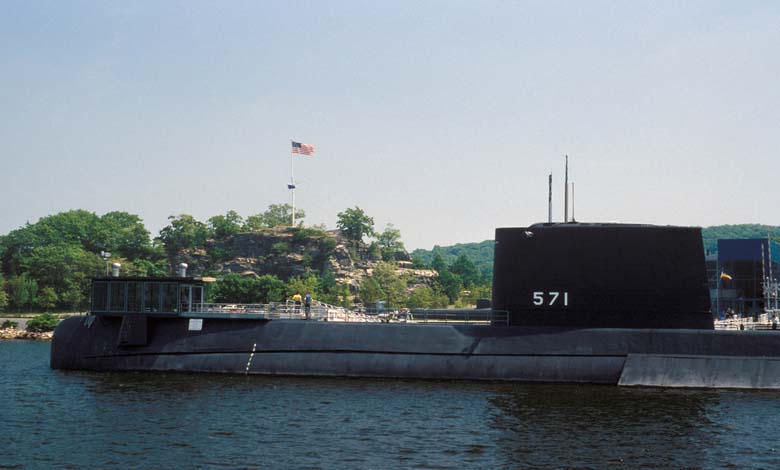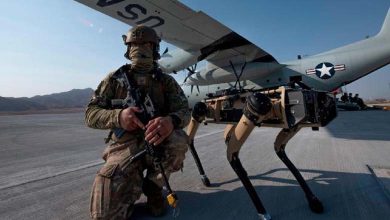Nautilus: The American Beast That Wages War Beneath the Waves

In the world of weapon systems — as in life — there’s always a beginning. A moment when a legend takes its first step, paving the way for chapters of stories and battles.
The American submarine USS Nautilus is no exception. It has become a formidable force in military and naval history, and its story is well known among naval enthusiasts.
-
Stealth Fighter V: A European Birth Beyond the American Umbrella
-
UK Reinforces Its Defenses with Nuclear Submarines: Largest Military Overhaul Since the 1990s
The first version of this submarine, USS Nautilus (SS-168), belonged to the Narwhal class and fought with distinction in the Pacific theater during World War II.
This first Nautilus earned an impressive combat record by conducting offensive patrols and undertaking high-risk missions throughout the war.
One of its most notable achievements was sinking the Japanese destroyer Yamakaze of the Imperial Navy on June 25, 1942, according to the American publication The National Interest.
The Nautilus entered service on July 1, 1930, at the Mare Island Naval Shipyard in Vallejo, California. It was initially designated as V-6 (SC-2) before being renamed and reclassified as SS-168.
-
The “Blue Whale”: An Autonomous Submarine Protecting Cables in the Baltic Sea
-
Britain’s Nuclear Shield Returns to the Skies on F-35 Wings
“The Largest Submarine”
As a Narwhal-class submarine, the Nautilus was one of the Navy’s V-Boats, designed as a long-range cruiser submarine to confront potential threats in the Pacific, particularly from Japan.
It was one of the largest submarines of its era, capable of traveling up to 25,000 miles and diving to depths of 300 feet.
Its armament included 21-inch torpedo tubes (four forward, two aft), two 6-inch/53 caliber deck guns, and a carrying capacity of 24 torpedoes, making it capable of waging war both on the surface and beneath the waves.
-
Iran’s Nuclear Program Under the Midnight Hammer
-
U-Boats: Germany’s Terrifying Weapon That Changed the Course of War
Between 1941 and 1942, the Nautilus underwent significant upgrades at Mare Island, equipping it for the demands of wartime service.
By June 1942, under the command of Lieutenant Commander William H. Brockman Jr., the submarine was deployed on its first wartime patrol, which included participation in the Battle of Midway.
Thanks to its size, endurance, and firepower, the Nautilus was ideal for long-range patrols near enemy territory, leading to its pivotal encounter with the destroyer Yamakaze.
Yamakaze, a Shiratsuyu-class warship, entered service in 1937. It was a fast and maneuverable vessel, displacing 1,685 tons and equipped with five 5-inch guns, torpedoes, and depth charges.












